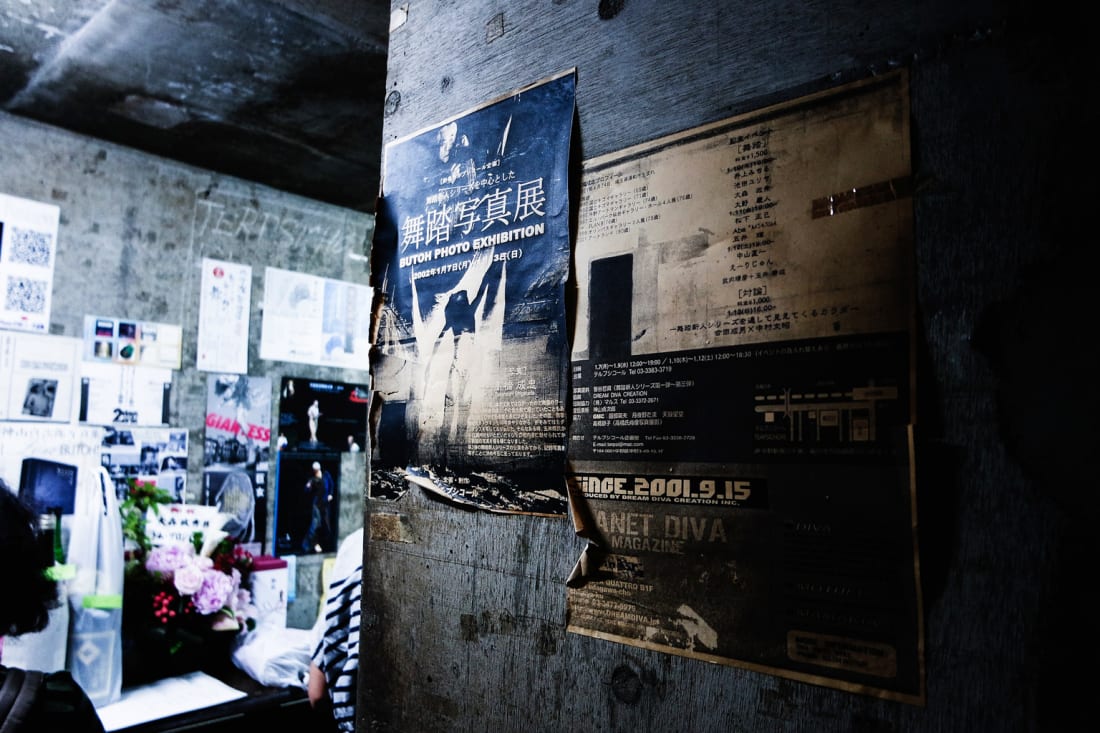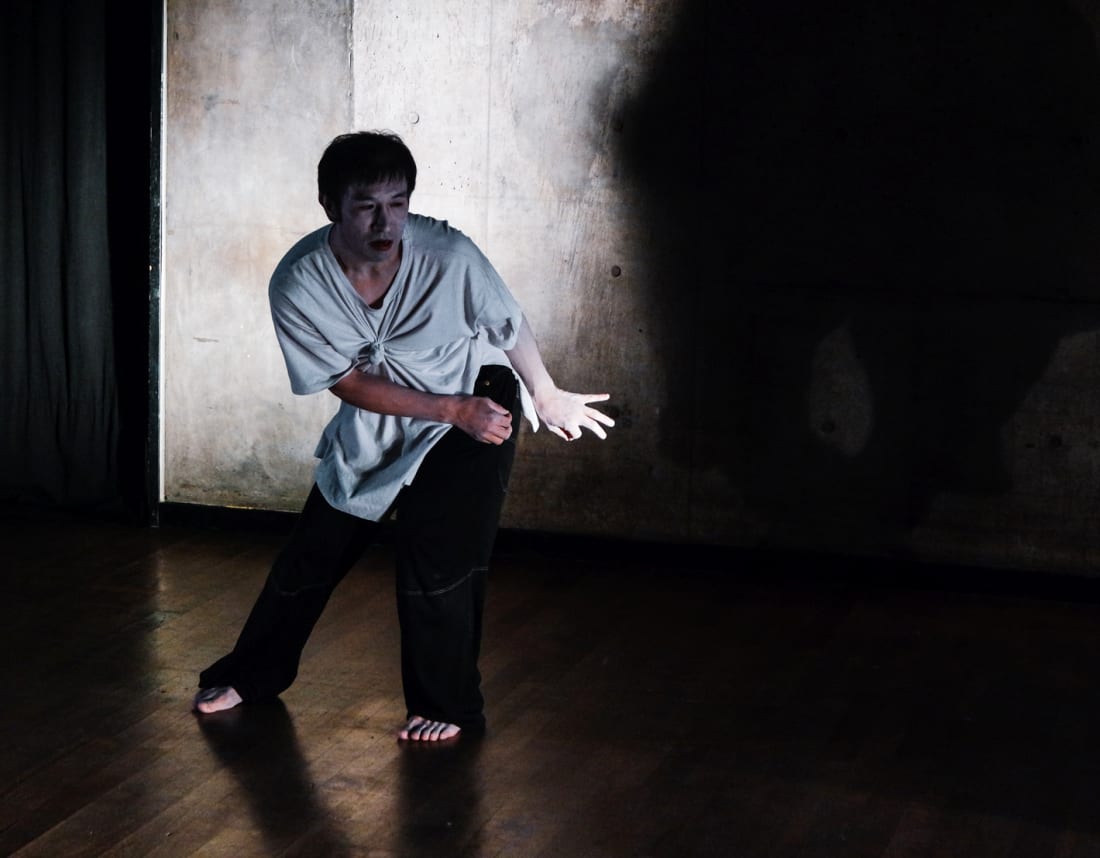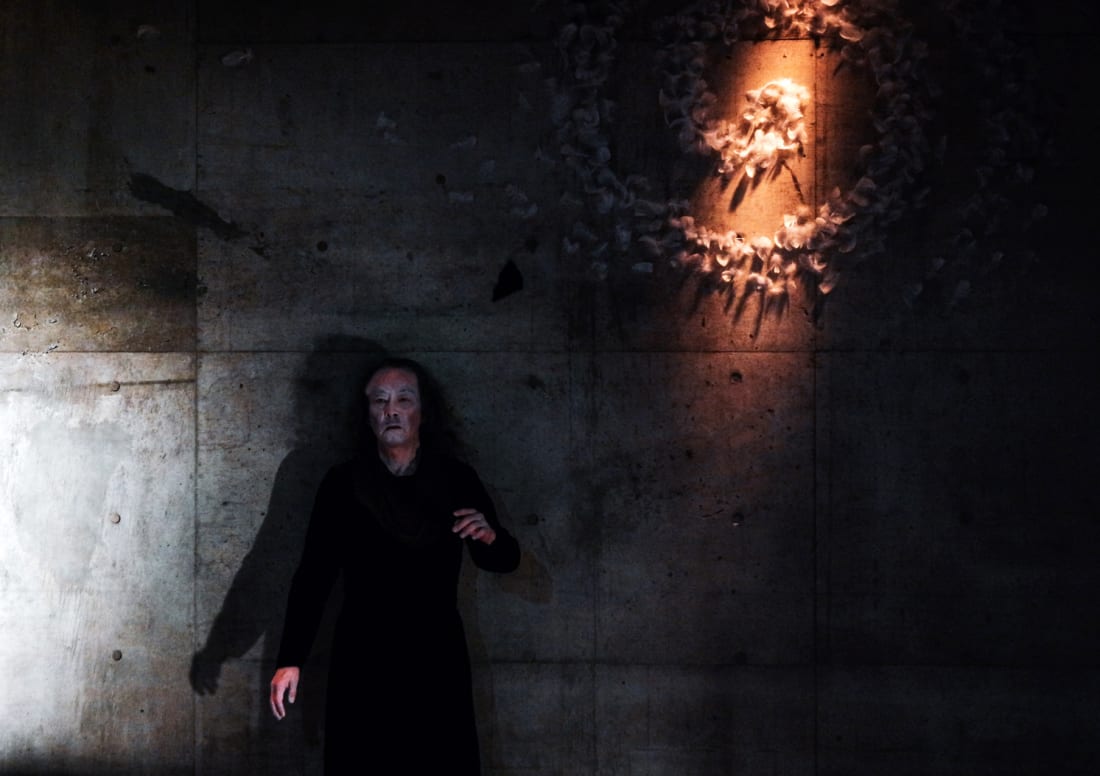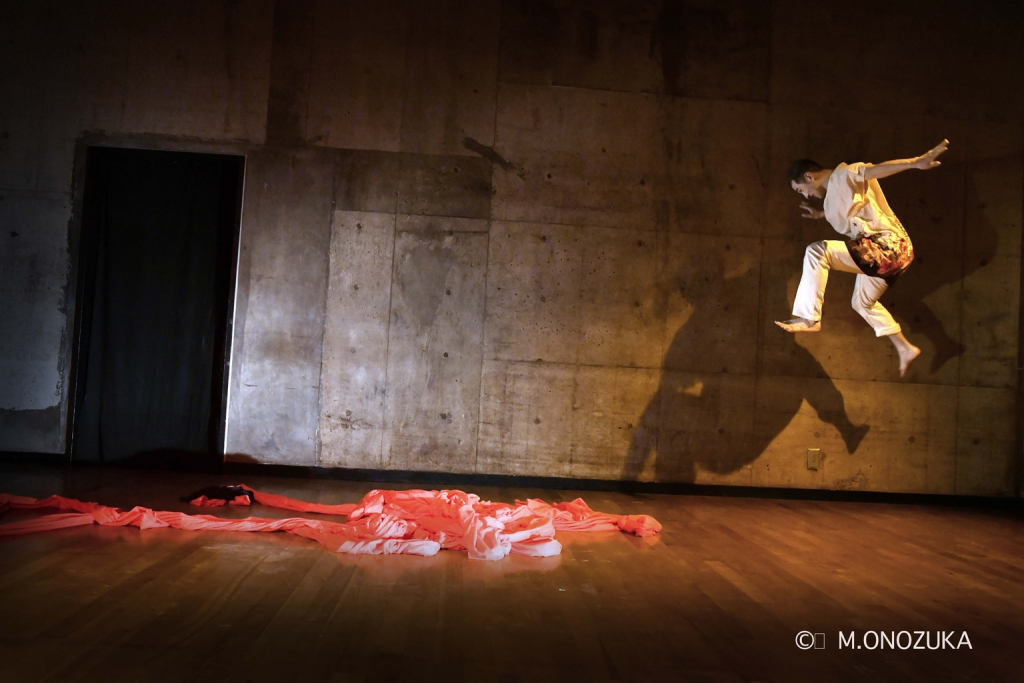“There’s no mistake in the cat’s movements,” says professional butoh dancer Takuya Tsuji. There’s also talk of becoming a mushroom or moss on a tree, becoming a life on life, and other metaphors that butoh dancers are so fond of. Most inspiration is rooted in the dark, the earthly and the violent, as butoh itself means “the dance of utter darkness.” It’s deliberately ugly anti-ballet, yet every painful second of it is cathartic.
This avant-garde Japanese dance came about in the 1960s, spearheaded by Hijikata Tatsumi and Ohno Kazuo, and it is intrinsically connected with the feelings of despair and pain after World War II and the atomic bombings of Hiroshima and Nagasaki. This darkness is reflected in the intense movements, the naked mise-en-scène and the dancers themselves – usually sporting shaved heads, body paint and rags for costume.
It was a modern catastrophe – the 2011 Tohoku earthquake and the resulting nuclear disaster in Fukushima – that inspired Tsuji, a professional theatre actor, to train as a butoh dancer under Masahide Ohmori and join the Tenroseido company. “After the 2011 earthquake I was full of pain and lacking a way to express it,” says Tsuji, echoing the same sentiments as butoh’s founders.

Photo by Zoria Petkoska
A Zone Beyond Which to Walk Alone
There’s a line of people outside the small unassuming Terpsychore studio in Nakano going to a long-awaited Tenroseido company performance. It’s been five years since the students performed together with their teacher, Masahide Ohmori, and the theatre is completely full. Aptly named after the ancient Greek muse of dance, Terpsychore is an iconic stage for butoh, hosting both big names and emerging dancers since its opening in 1981.
A Zone Beyond Which to Walk Alone starts with Masahide and the signature stark minimalism of butoh. The haunting hints of music and slow, disjointed movements accentuate the sense of melancholy. The sensei is later joined by his four students on stage, after which he symbolically leaves the floor to them. The four dancers dance together, in pairs and solo, feeding off of each other’s moves and improvising to make a unique unrepeatable dance performance. As if controlled by a cruel puppet master, they spasm on the bare stage, like flies whose wings have been cut off.
The audience sits completely still and silent.
After the end of the show the lights come on and the dancers mingle with the audience. Drinks and snacks are passed around and everyone discusses the performance. One of Tsuji’s colleagues from Tenroseide, Tomoi Kobayashi, joins us and is overjoyed at the wingless fly comparison. She says she danced with that image in mind. Tsuji says he danced melting together with the floor and out of linear time. Azu Minami, another fellow butoh dancer who occasionally teaches dance together with Tsuji, joins our conversation providing more insight in the butoh scene today.

Photo by Zoria Petkoska
The New Generation of Butoh Dancers
Butoh performances used to be so underground and secretive that the only way to see one was by invitation. But the new generation of dancers in the 21st century inherited a more public, albeit still niche dance scene. In the ‘70s and ‘80s butoh gained popularity in Europe and now every new generation has more and more to live up to. And they do follow in the footsteps of the founders, although they have room for changes – both intentional and unintentional. Butoh is all about freedom and breaking the rules and to this day, butoh dance is deliberately without a formal organization governing it.
There are as many types of butoh as there are butoh choreographers.
Modern butoh is still characterized by rebelliousness, violence and pain, but other elements have been incorporated, like humor and eroticism. Humorous and grotesque, erotic and obscene, butoh shocks and explores the dark and primal humanity. Classic butoh was more exclusive, whereas butoh today is more inclusive. The new generation is opening up to a range of themes, inspired by everything – from poetry to the daily news. Finally, the number of women butoh dancers has grown significantly. Tsuji thinks the reason for the changes in butoh is that dancers are products of their social reality and this generation lives a different life from the first generation of butoh dancers. Even their bodies have differences.
However, one must remember that butoh is largely an individual expression. As Hijikata himself put it, “Butoh has no set style: there are as many types of butoh as there are butoh choreographers.”

Photo by Zoria Petkoska
Community Dance Workshops
Going beyond dance, Tsuji collaborates with other artists like musicians and painters, but his next dream is performing for the visually impaired aided by a professional onsite narrators. As the language of dance is not clear-cut, interpretations will vary and be a performance in of themselves, he believes.
Through his work as a dance instructor Tsuji helps people find the dance within themselves and let it out. No matter how solitary and individualistic butoh is, it still has an element of connection and the power to give awareness. That is why Tsuji teaches butoh dance and contact improvisation workshops to people of all ages and his lessons are beginner-friendly. Anyone can request a lesson through his website, and Takuya can speak a bit of English, although most of dance instruction is non-verbal by nature.
Tsuji says butoh dance is within us, always. “My dance has no beginning,” he says. “It has always already begun.”
Find more photos from the performance of A Zone Beyond Which to Walk Alone on Zoria Petkoska’s Instagram account.








